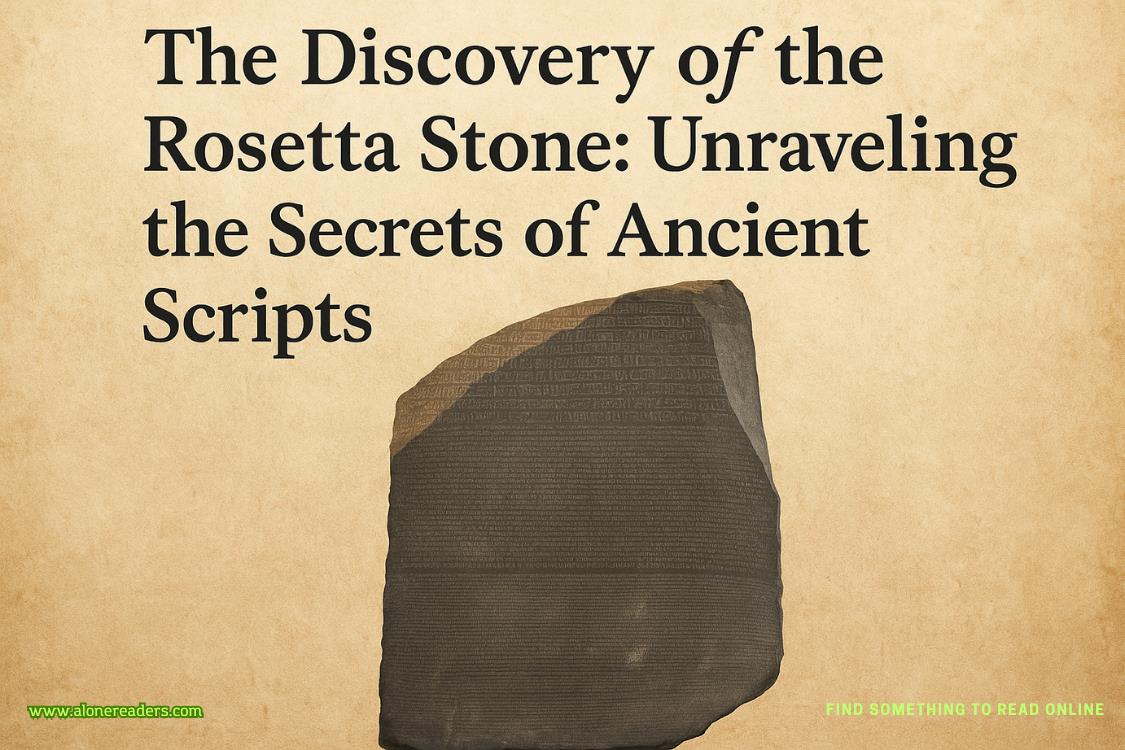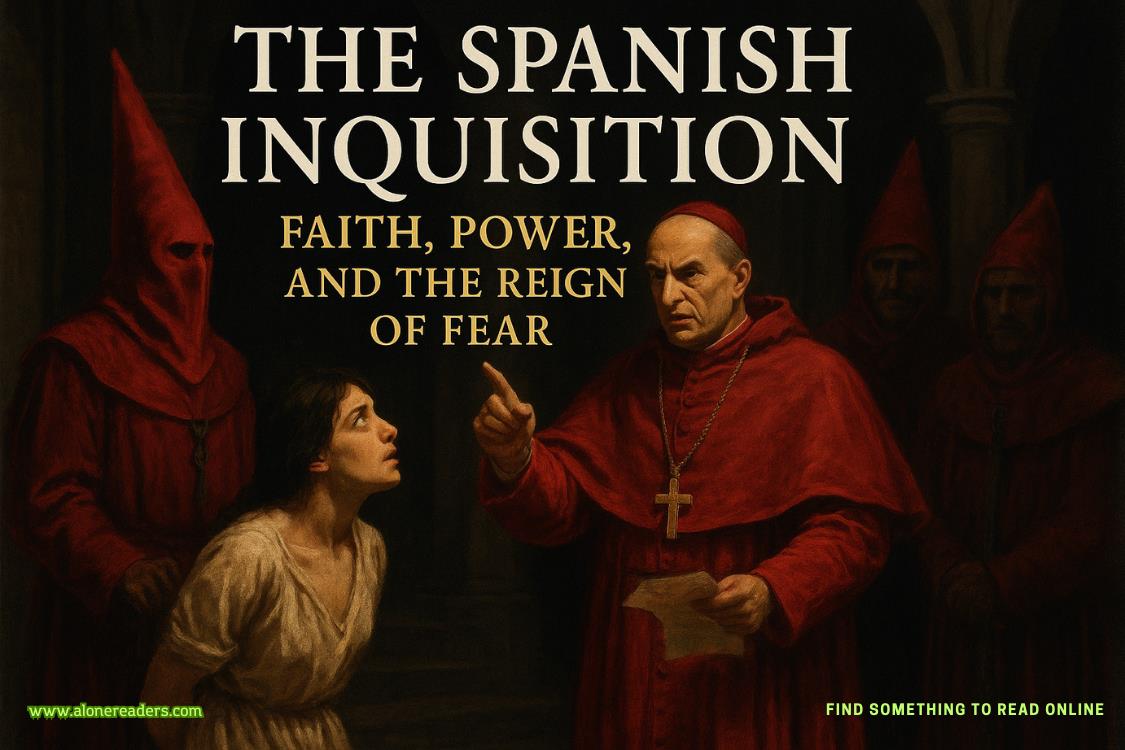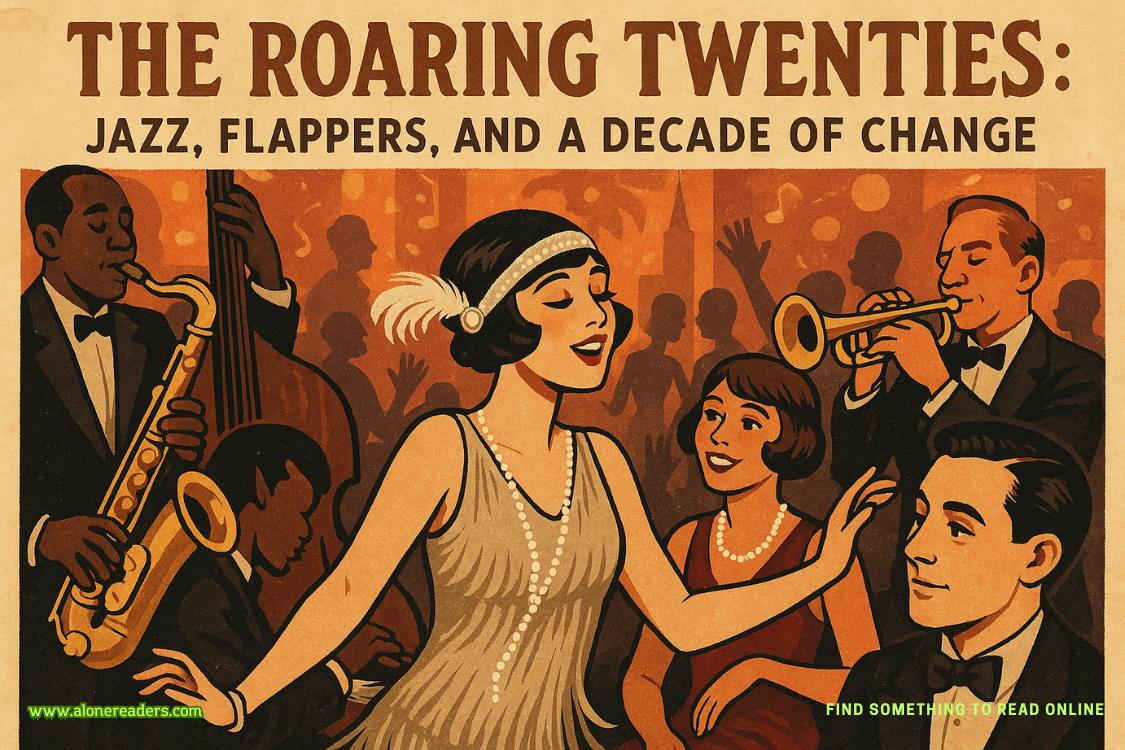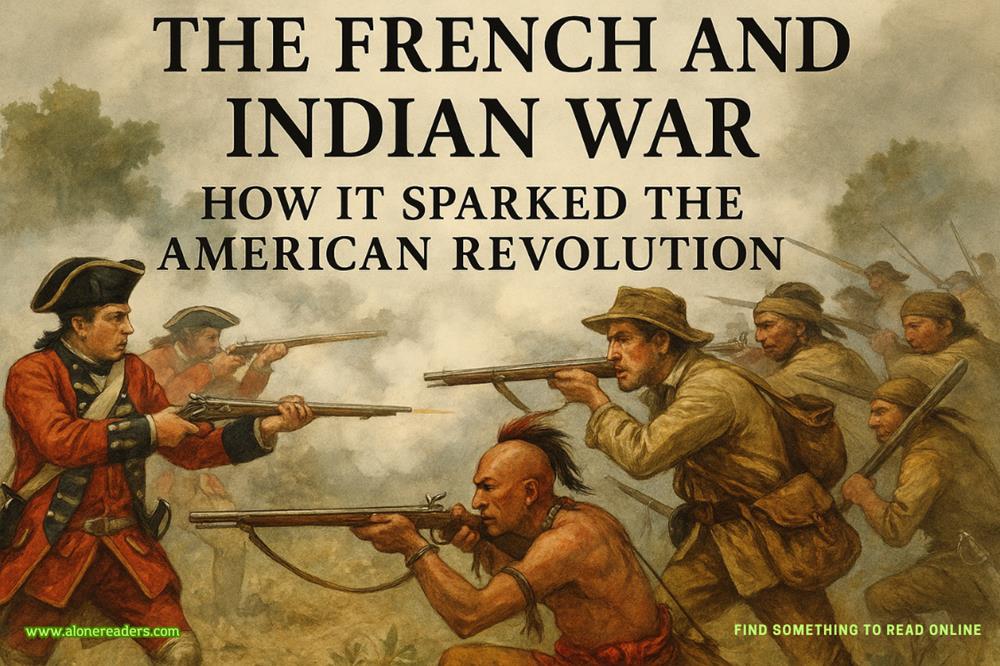DirectorLancasterleads me andLedgerinto the conference room behindDirectorReynolds, whereKenneth, the lead analyst for my division, is standing next to a guy whoI’mguessing is hisCSAcounterpart— a man in his late twenties with dark hair who doesn’t wear glasses but looks like he’d be at home in them.Ouranalyst is probably twice theCSAanalyst’s age, but they have an eerily similar look and vibe.LikeI’mseeing the younger and older versions of the same man.
“Thankyou all for coming.Somequick introductions before we get started,”DirectorLancastersays, motioning to the two men behind the oval table, who have the caseIrecovered open on the table in front of them. “ThisisKenneth, the lead analyst for theGlobalIntelligenceDivision, and this isEmerson, the lead analyst here at theClandestineServicesAgency.”
DirectorReynoldstold me on the drive over that bothKenneth’steam and theCSA’steam have been working on the contents of the case through the night and all morning long.Basedon how haggard the two men look,Ibelieve it.WhenIfirst turned the case over toSullyand he said we were going to give the information in the case to theCSAthat was part of their operation,Ihad stupidly thought that we’d open the case, take out our stuff, then turn theCSA’sstuff over to them.
ButI’vebeen on enough missions to know that recovered intelligence isn’t that cut and dried, and that information doesn’t just easily divide up.Everythingis connected.SoIshould’ve guessed that both teams would need to analyze all the information and that we’d be meeting together for this briefing because it contains information we both need.
DirectorLancastercloses the door, picks up a remote from the table, and presses a button that darkens the glass wall and door.Wecan still see out, butIhave no doubt that others can’t see into the room.Thetwo analysts stay standing, but once the two directors,Ledger, andIare all seated,DirectorLancastersays, “Iknow you’re anxious to learn what the two teams of analysts found in the case, so we won’t keep any of you waiting.EmersonandKenneth, would you like to share what you’ve discovered?”
Emerson, theCSA’sanalyst, says, “BeforeOperativeSteelerecovered this case, based on the intelligence my team found, we thought that the case might contain smuggling routes or key contacts, believing that the stolen art was being used as a cover to move illegal arms.”
“Andmy team,”Kennethsays, “believedthat the art was being sold to fund terrorist activities and that the case might contain a record of the stolen artwork’s location and potential buyers.”
“Whatneither of our teams guessed,”Emersonsaid, “is that it would contain one of the stolen pieces of art.”Hepulls out a sculpture of entwined metal and glass, andIsuck in a breath.Thesculpture is of two figures leaning into each other, supported by each other, and based on everythingI’vefound so far,I’msure it was recently stolen.Iglance over atLedger, who is also sitting up straighter, andIknow he’s thinking the same thingIam.
Kennethpicks up a tablet, taps a few things, and the screen on the wall behind them changes to show the five art pieces that we already know are stolen— an abstract painting, a necklace, a mixed media piece with paper, fabric, and pictures, a realistic painting, and a relief carving in wood.
“Wewere stumped at first,”Kennethsays. “No, we werecluelessat first that the thefts of these pieces were related at all, since they are all different styles, media, and genres, even after we discovered that it is the same group of people who have stolen all five.”
“Butlast night,”Emersonsays, “Wediscovered—”
“Emersondiscovered,”Kennethinterrupts. “Thispart was all him.”
“—that the pieces themselves are all connected.”Emersonis talking faster and faster as he gets further into the explanation. “Eachof them was created by an artist who was living at the same art colony in theNetherlandsin thelate eighteen-hundreds.Noneof the artists areRembrandts, but they all did pretty well.Theirpieces generally sell for hundreds of thousands, up to five million dollars.”
Kennethnods and continues the fast pace. “Oneday while the artists were sitting around the campfire, singingKumbaya, or whatever artists did back then, they decided that they were each going to do an art piece in their own style, all with the theme of ‘Trust.’Thegroup didn’t publicize the theme at all.Infact, it took a lot of digging to find out that little detail.”
“Youcan see in this piece,”Emersonsays, picking up the sculpture, “by the way that the two figures are leaning into each other that it represents how trust involves reliance and vulnerability between individuals.”Hepoints at the abstract painting on the screen behind him, a piece that has a chaotic mix of colors that slowly forms a clear path leading from one corner to the other. “Thisone represents the idea that trust can guide you through the chaos and uncertainty of life.Andin this necklace, which actually has interlocking pieces—”
“Emerson,”Ledgersays, more than a little impatience coloring his voice. “Theyhave a theme.Gotit.Wedon’t need an art history lesson.Let’sget to the ‘Whyit matters’ part.”
“Right.Okay, well, the art colony connection itself wouldn’t have given us too much, but in studying this piece,Kennethfound that it contains a computer chip.”Hesquints down at where the metal attaches to the base. “It’steeny, was very well hidden, and could’veeasily been overlooked.Butwe got it, gave it to the tech team, and found that it contains a number.”
Myeyebrows draw together. “Likewhat?Amembership number?Aticket number?Anaccess code?Aserial number?”AndI’mreally starting to wonder just how connectedLedger’smission is with mine.Ifit really is just one big operation, then one agency is going to try to claim ownership of it.Andit better be theCIAdoing the claiming, becauseI’vebeen working my tail off for this.Ilook over atLedgerand see the same hunger to pull off a successful mission thatIhave.
No,Ledger.Thisone ismine.
Kennethshakes his head. “Justa single digit.Asix, specifically.”
Ithits me that both analysts are excitedly sharing their information, which means that this isn’t just one case that’s going to one agency only.Theyaren’t the ones who get to make that decision, of course, but they’ve seen where the info is taking them and can guess.Ibet they’ve found where the two operations separate, and we’re about to hear it.Andno matter which half of this big operation theCIAgets,I’mgoing to complete my missions faster thanLedgercompletes the half that theCSAgets.
“Onedigit?”Ledgerasks. “Thathelps ushow?”Foras much asLedgerandIare usually on opposite sides of, well, everything, we both seem equally baffled at where this minuscule clue is going.
“Itonly helps when combined with some chatter we’ve collected online about this man.”Emersontaps the tablet, and a photograph comes up on the screen.Theman in thepicture has strong facial features, a neatly trimmed beard and dark hair that’s graying at the temples, devious eyes, and a mischievous smile.Theman has always seemed equal parts dangerous criminal mastermind and jovial strategist to me.
“CallidAragundi,”Ledgergrowls.
It’sa name we all know because he’s on theMostWantedlist of pretty much every agency in the world.Alot of lives lost can be attributed to him.
Emersonnods. “CallidAragundi.Itseems he’s thinking of retirement and wants to pass his fortune along to a person or a group who is ‘worthy’ of not only the cash but also of his vast criminal network.Whichmeans that the chaos and terror he’s caused will be able to continue.
“Fromwhat we’ve been tracking, he may have found a candidate and is now testing his possible successor with a bit of a scavenger hunt-like task, hiding a number in each of these art pieces so they have to steal all of them to get the full number.”
Iroll my eyes. “Oh, he’s a literal bored billionaire, but rather than getting his own crime-fighting team, he has his own crime-causing team.”
“Soinstead of beingBatman,”Ledgersays, “AragundiisTheRiddler.”
Iglance atLedger.Okay, points to the man for thinking ofBatman, just likeIhad been earlier.















